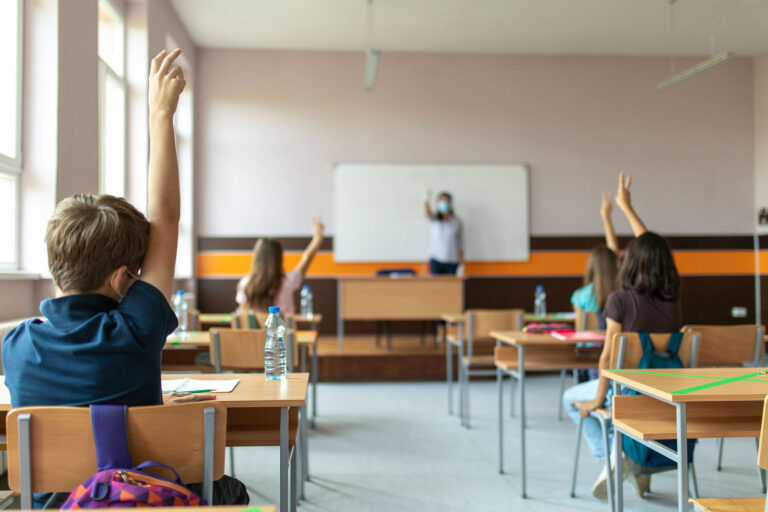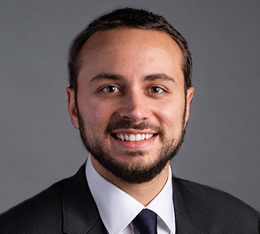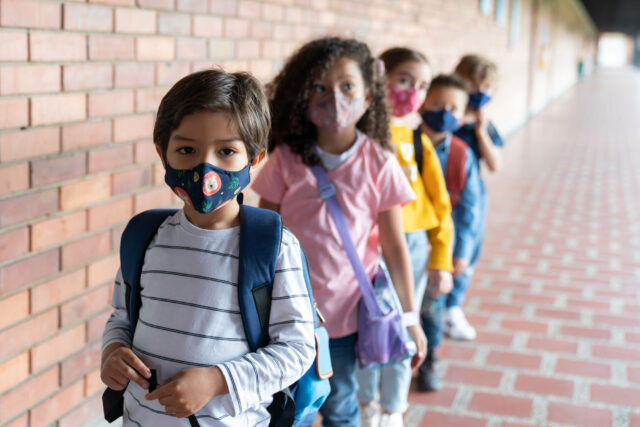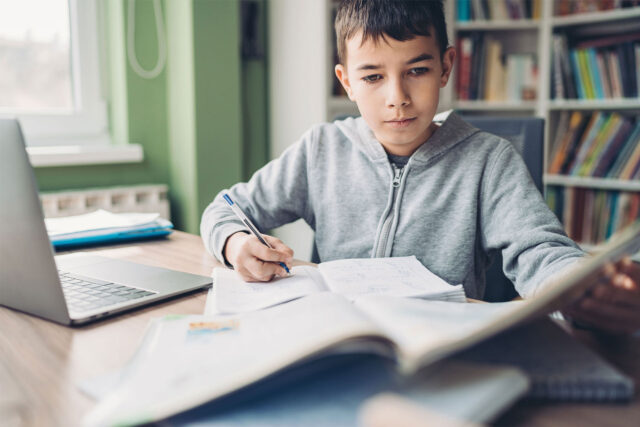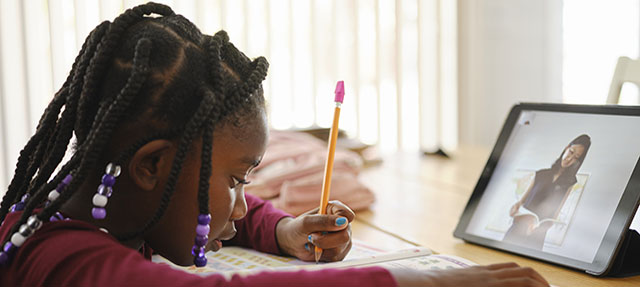More than half of California districts are open for some in-person instruction, a number we can confirm after months of uncertainty about how districts were operating. In fall 2020, 47% of districts were remote only, according to PPIC’s survey of school districts conducted November 19, 2020 to January 8, 2021. The state’s Safe Schools Reopening Dashboard shows a similar share (51%), as of February 12, 2021. With the many issues that have plagued remote learning—from students receiving fewer instructional hours to a lack of broadband access—calls have intensified to bring more students back into classrooms despite the challenges around coronavirus.
While fully remote instruction was the most common model for all students (47%) in fall 2020, remote learning was more prominent at districts with higher shares of Black or Latino students (66%), English Learner (EL) students (52%), and low-income students (60%). Meanwhile, at 87%, more rural districts were at least partially open for in-person instruction. Only about 12% of districts statewide were open for in-person instruction for all students—and shares were lower in districts that disproportionately serve Black and Latino students and low-income students.
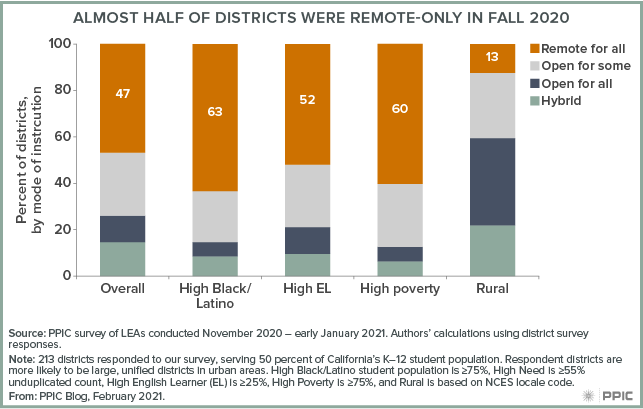
A district being partially open, however, is an incomplete measure for whether and how often students are in the classroom. Most students at nearly 60% of partially open districts were still learning remotely—at 44% of partially open districts, a quarter or less of students were taught in-person.
The enacted 2020–21 budget requires that districts provide minimum instructional minutes by grade level, but not all districts (86%) had reached an agreement with their unions over the number of minutes teachers must teach. Over a third of districts that rely on hybrid or remote instruction required at least 75% of instruction to be live. For nearly 4 in 10 districts, about half of instruction was live, and for less than a quarter of districts, live instruction remained at 25%.
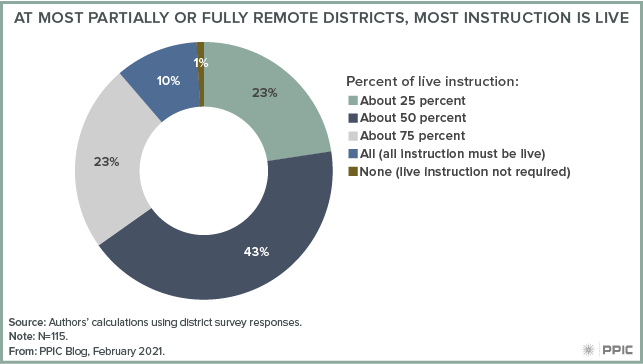
Even as some districts reopened this past fall, not all could bring all students back for in-person instruction. Although districts have provided most of their instruction live, students received fewer hours of instruction compared to pre-pandemic and spent less time on learning activities. The prolonged school closure, glaring inequities in school reopenings, and the challenges in distance learning have led to intense pressure to reopen schools safely. The Centers for Disease Control and Prevention recently urged elementary and middle schools to reopen safely as soon as possible; and Governor Newsom is in talks with lawmakers on his school reopening plan.
It is unclear what a return to school will look like across the state, and it likely depends on the availability of vaccines and local infection rates. The experience of those currently open suggests that many students will continue to be educated remotely even when more districts reopen. Additional funding, speedy vaccinations, and a continued decline in infection rates will be key to ensuring a swift and comprehensive return to the classroom for California’s students.
